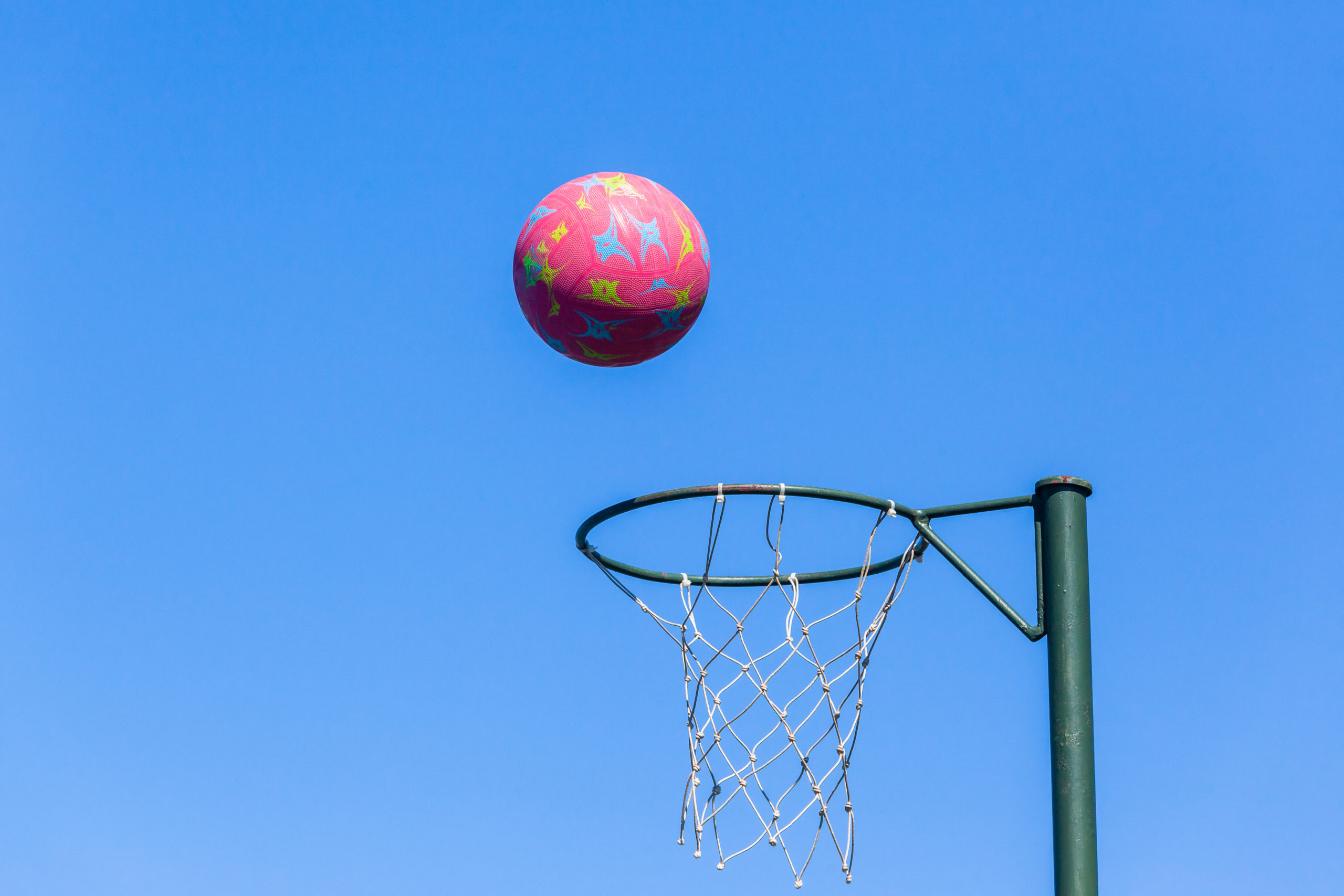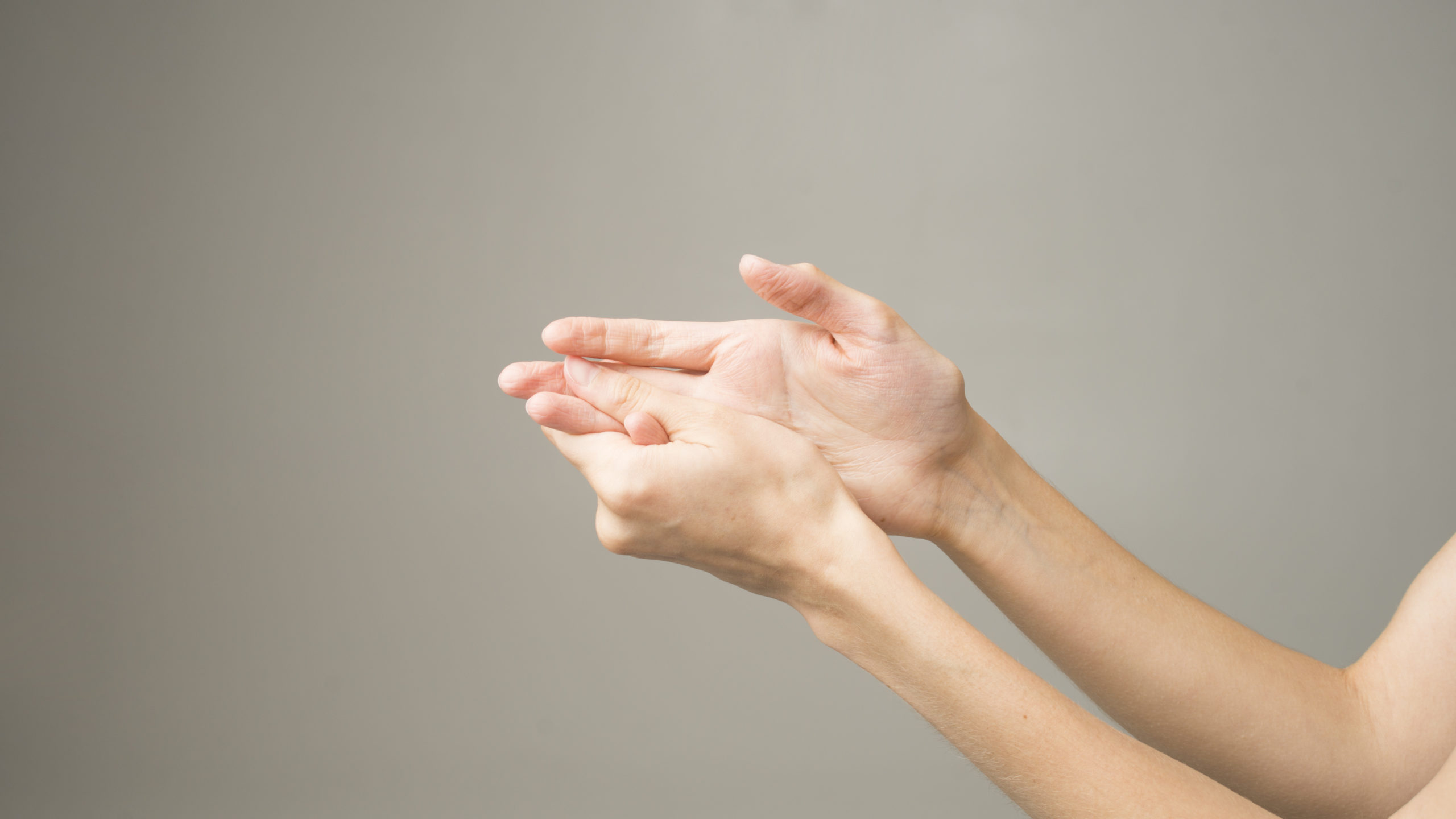Finger injuries are generally known as a ‘jarred finger.’ It commonly occurs in sports such as netball, AFL, oz tag and rugby. Quite often they are left untreated and can lead to swelling, stiffness, pain and finger deformities. Here we take a look at the most common finger injuries and how a Hand Therapist can help.
Read moreArticles & Posts in Category: Volar Plate
An overview of Volar Plate injury and treatment
A volar plate injury is common in ball sports, such as netball or cricket when a ball hits the end of the finger, forcing it into hyperextension.
How to prevent common injuries associated with playing netball

 Here we take a look at how to prevent common injuries associated with playing netball, such as an injury to the volar plate ligament.
Here we take a look at how to prevent common injuries associated with playing netball, such as an injury to the volar plate ligament.
For a non-contact sport we see a lot of netball-related finger injuries! This is most commonly caused by the ball hitting the end of the finger, which forces the finger into hyperextension, sustaining an injury to the volar plate ligament at the front of the middle joint.
Read more
Managing a dislocated finger

 Here we take a look at managing a dislocated finger including common causes for dislocation, prevention, common treatments and some simple exercises you can do at home.
Here we take a look at managing a dislocated finger including common causes for dislocation, prevention, common treatments and some simple exercises you can do at home.
What is a swan neck deformity of the finger?
The finger is a perfectly balanced anatomic structure. There are many important factors at play which ensure normal finger movement and correct positioning. When something disturbs this balance, the finger’s normal alignment and function may also be disturbed. This can result in what is called a ‘swan neck’ deformity where the finger becomes crooked due to a collapse in the equilibrium of structures supporting the finger.
What is a volar plate injury?

 The Volar Plate is a thick ligament which joins together two bones in the finger and prevents hyperextension. It is located on the palm side of the finger in the metacarpophalangeal and interphalangeal joints where they reinforce the joint capsules and enhance joint stability. It is most commonly injured at the proximal phalanx interpahalangeal (PIP) joint which is anatomically more unstable to it’s surrounding joints.
The Volar Plate is a thick ligament which joins together two bones in the finger and prevents hyperextension. It is located on the palm side of the finger in the metacarpophalangeal and interphalangeal joints where they reinforce the joint capsules and enhance joint stability. It is most commonly injured at the proximal phalanx interpahalangeal (PIP) joint which is anatomically more unstable to it’s surrounding joints.
